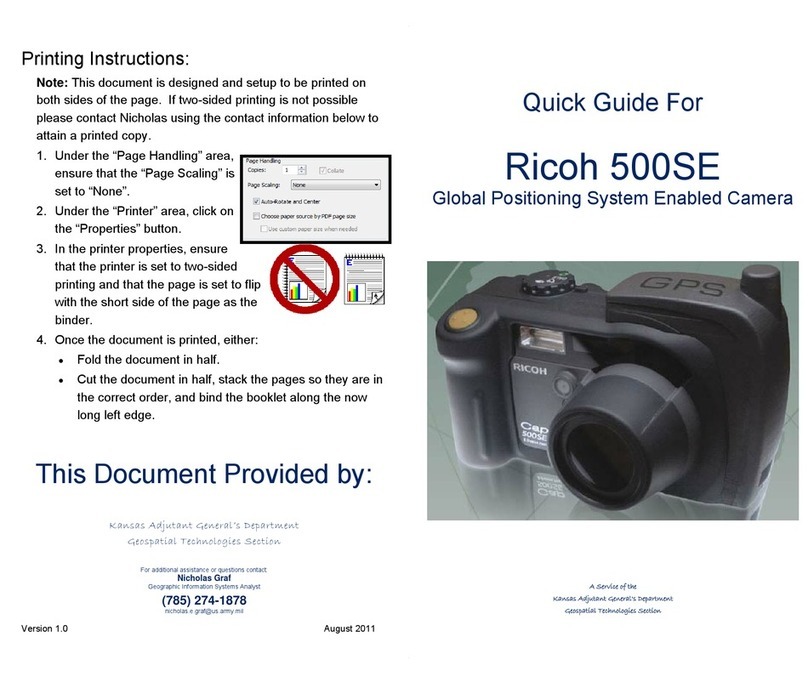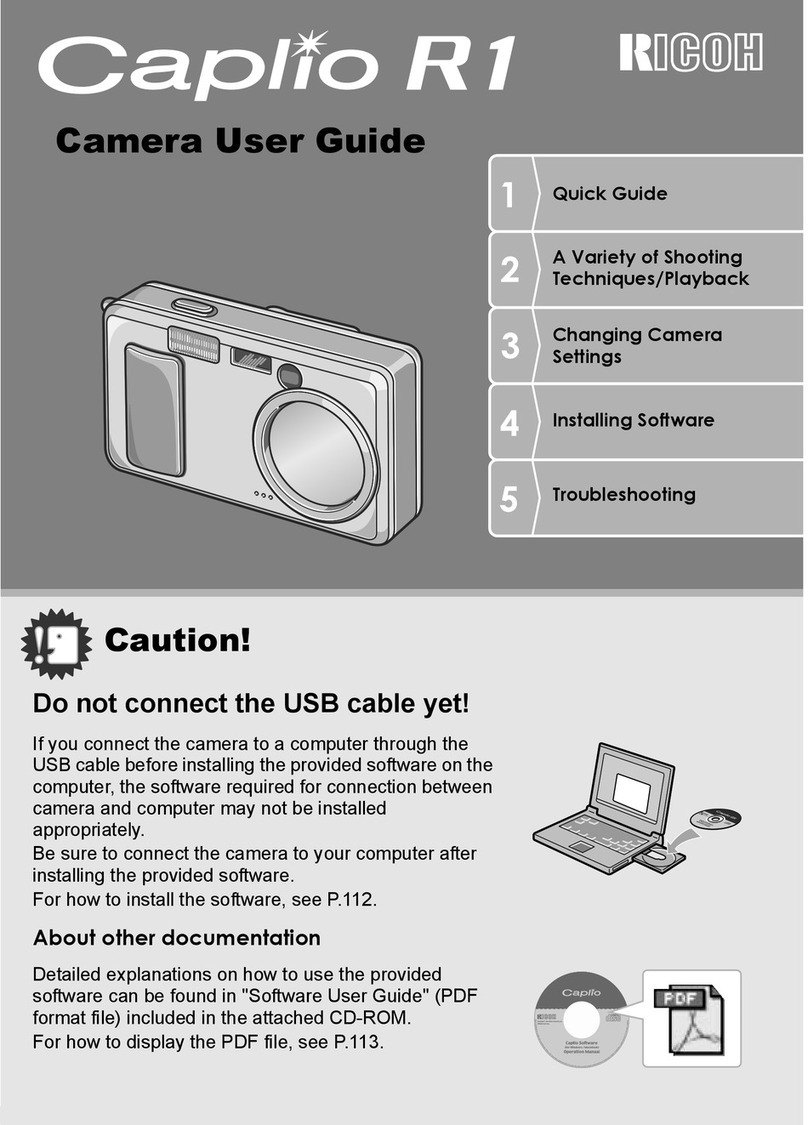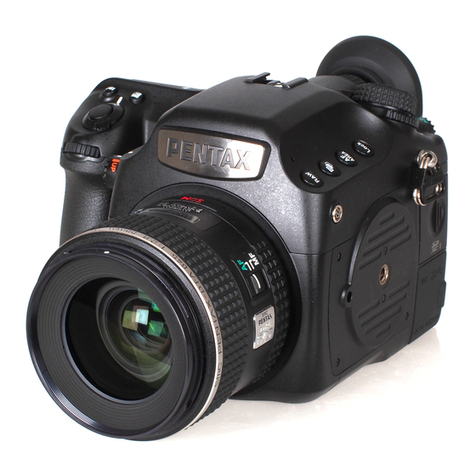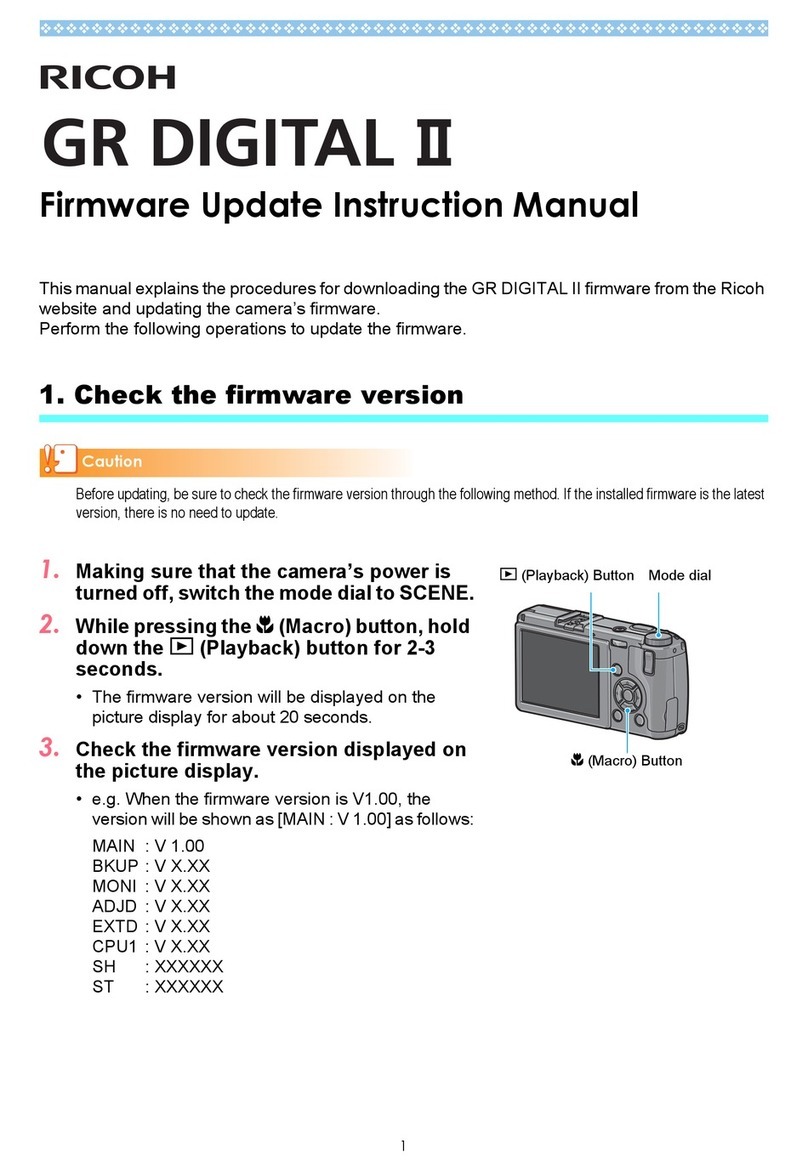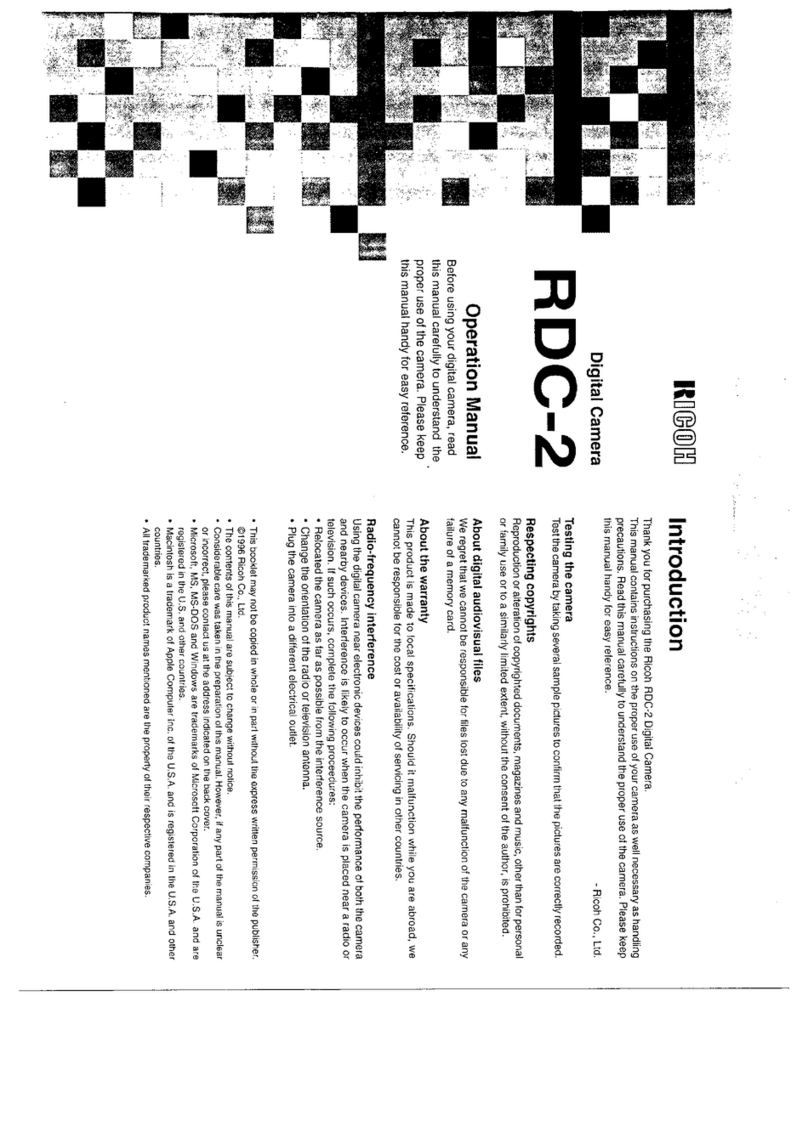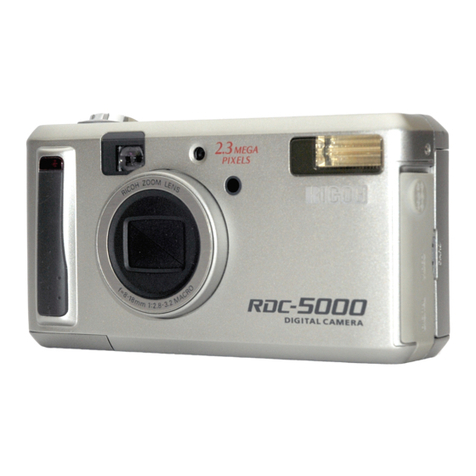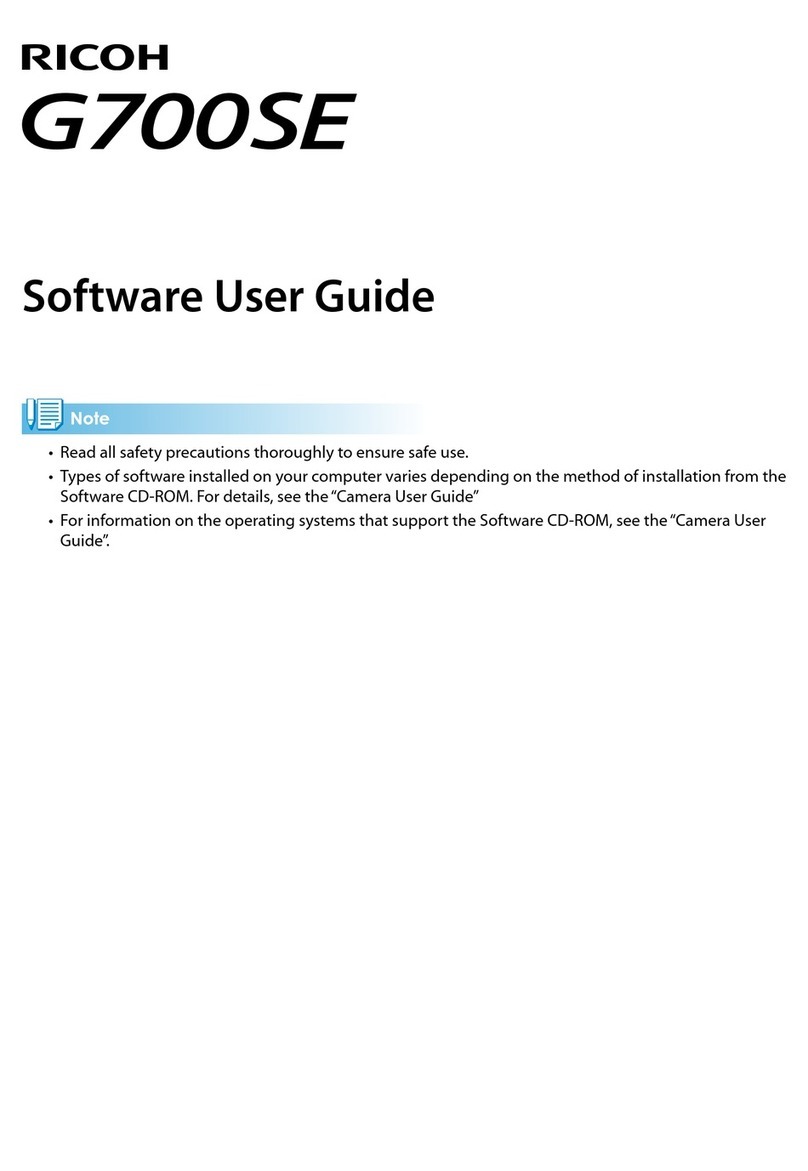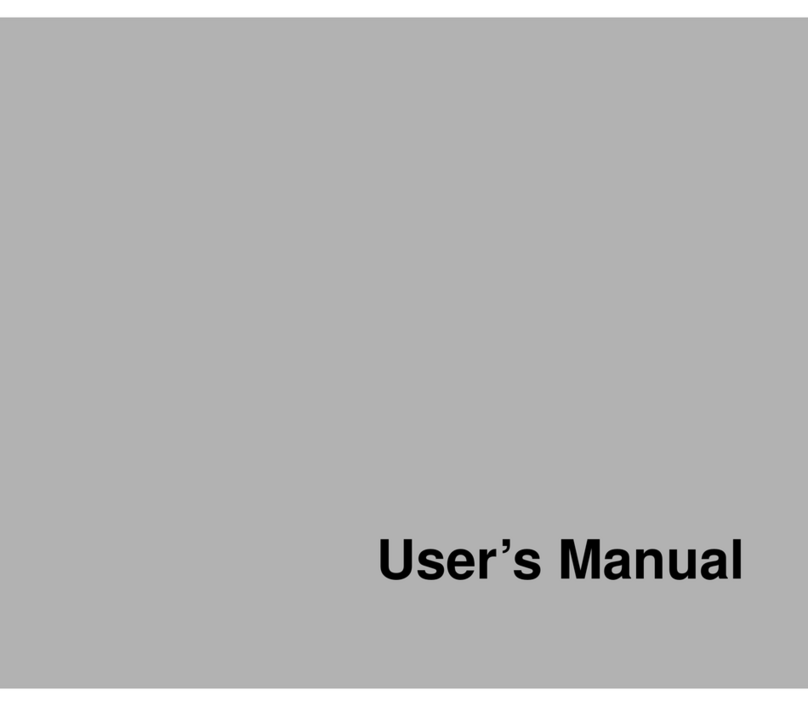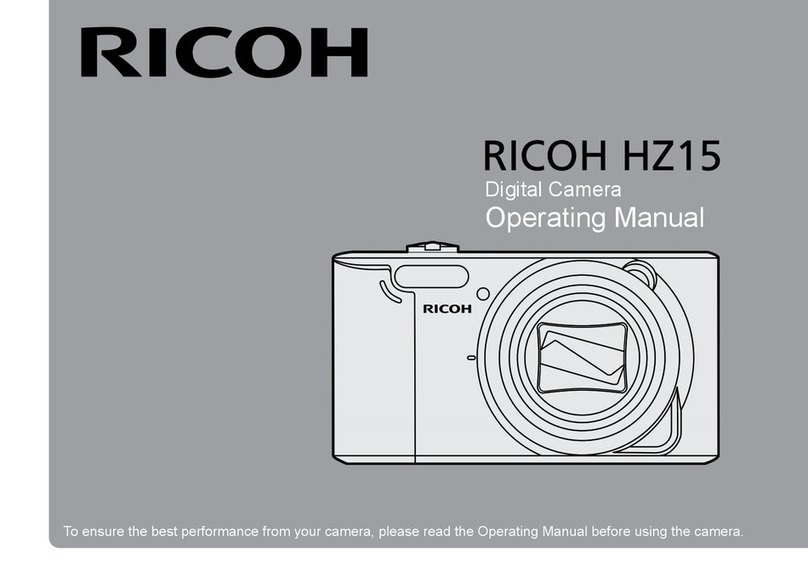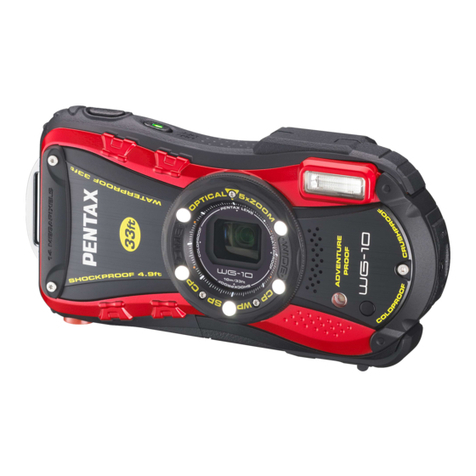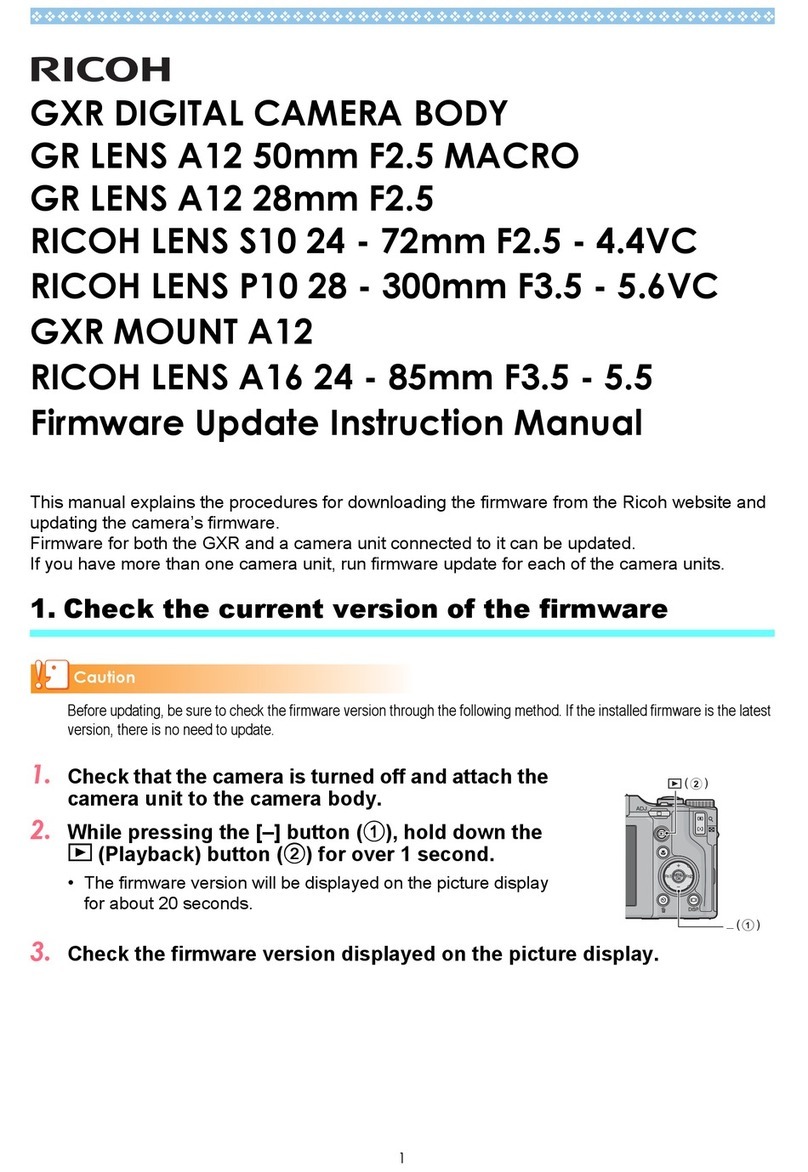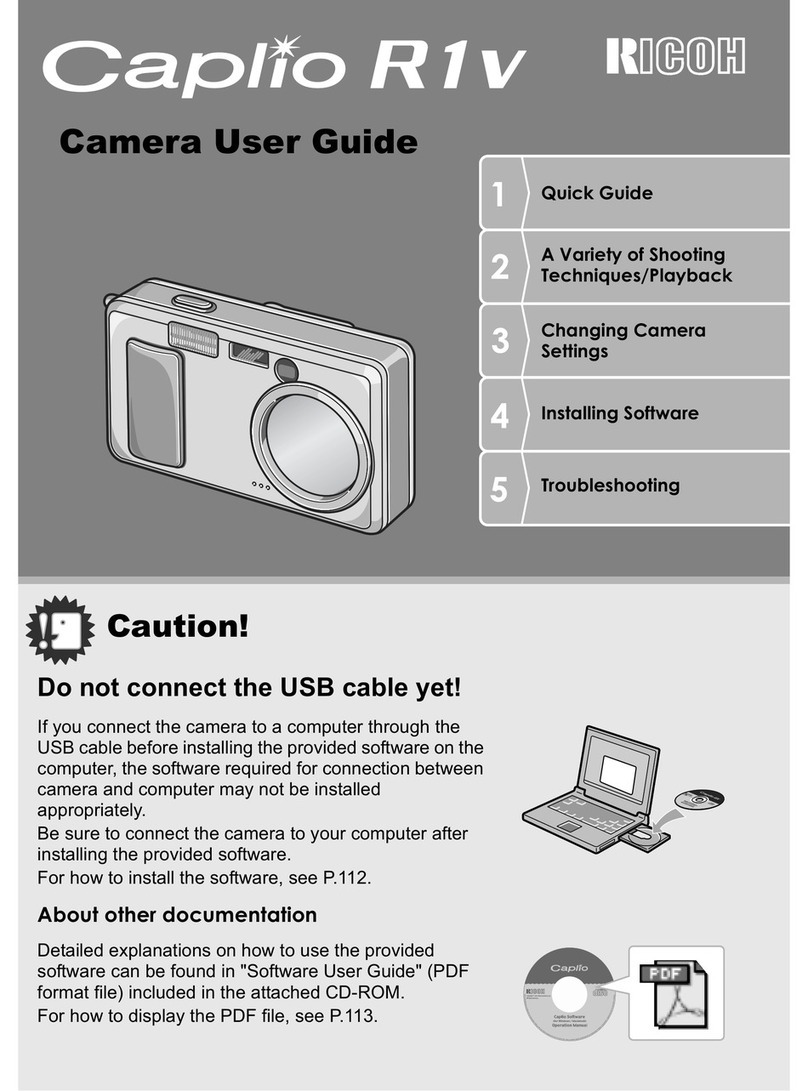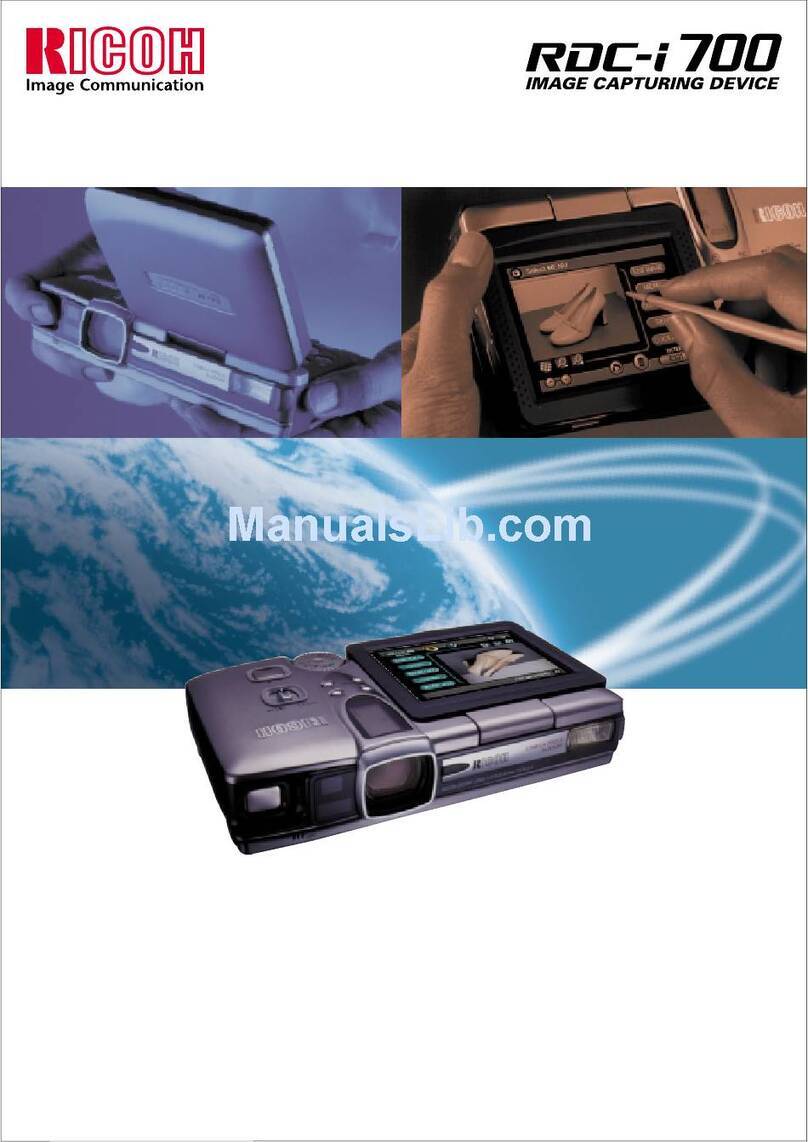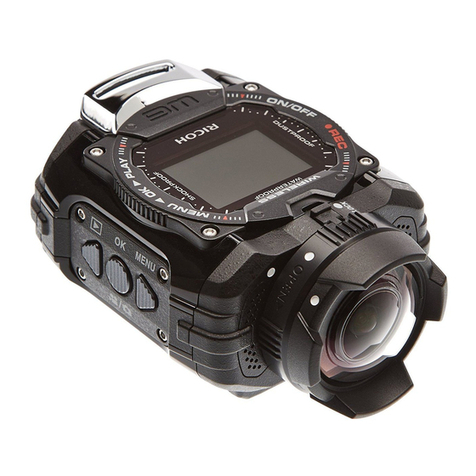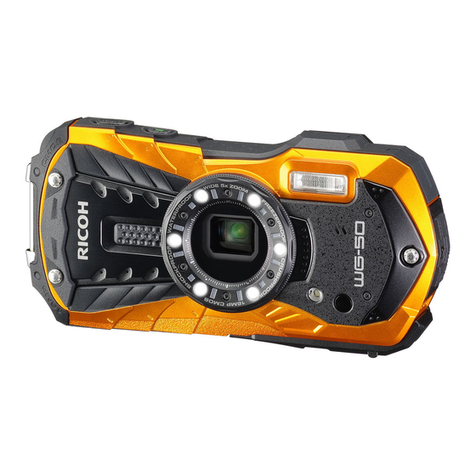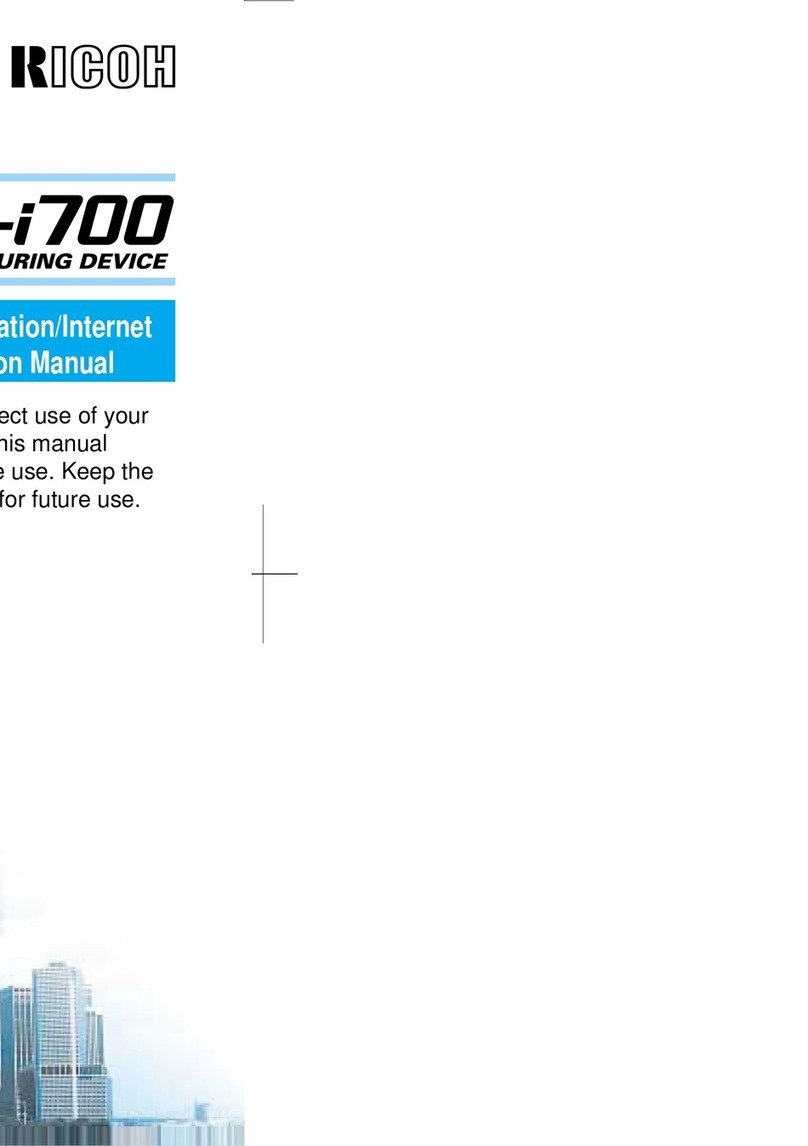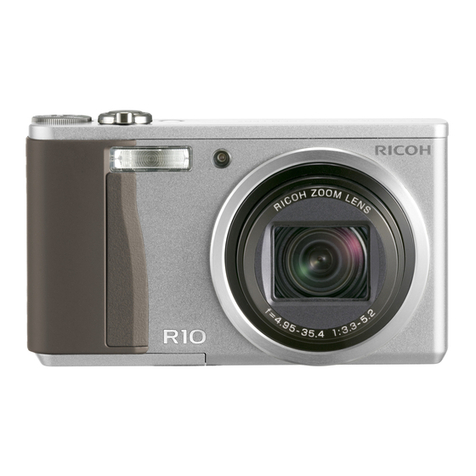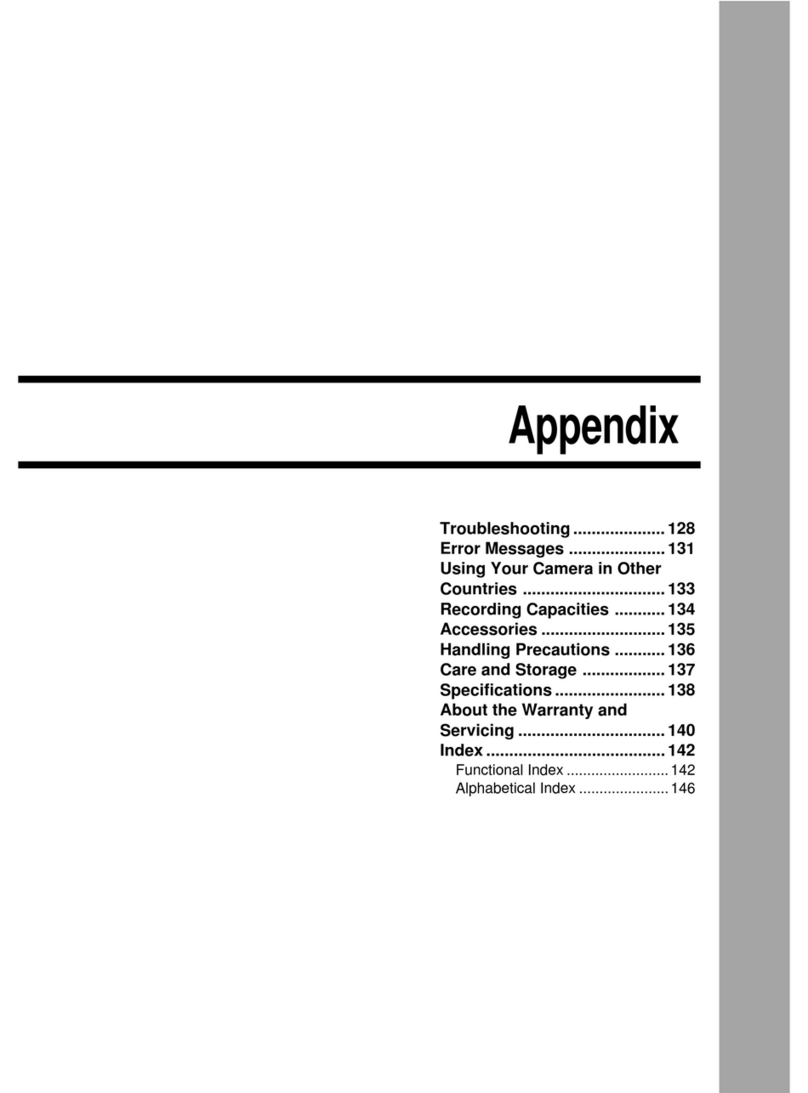
* There may be rare cases where the subject cannot be well-focused. ( For instance, dark subject that do not reflect
light well, glossy subjects, or sub jects taken through glass.)
In these cases, it is best to use the pre-focus to "lock" the focus on a more "normal" subject at the same distance.
While holding focus, turn the camera to the original subject and shoot,
(Also see PRE-FOCUS SHOOTING.)
Shooting Distance:
For subject that are less than 0.8m (2.6 ft. ) away f rom the camera, it is not possible to obtain sharp focus.
1. When the Shutter Release Button is depressed slightly, the ~ symbol will appear for subject 0.8m--1 .8m (2.6 - 6
ft. ) away. If you are closer than 0.8m (2.6 ft. ) away from your subject, the mark will blink on and off. If you are
much closer than 0.8m (2.6 A.), the ~ symbol or the '44 symbol will appear.
2. The ~ symbol will appear for subjects 1.3m--4.5m (4.3 - 14.8 ft.) away.
3. The ~ symbol will appear for subjects 2.3m-- oo (7.4 ft. -- or).
As you can see, there is slight degree of overlap in the distances covered by the three marks. This will not cause
any focus problems. Your camera has 10 focusing zones that assure maximum sharpness at any focusing distance.
Note: Due to the above mentioned overlap, you may occasionally notice that the marks may move from one figure
to another even though the subject distance did not change. This does not mean that your camera has focused
improperly. It just mean that an "in-between" zone has been selected.
PRE-FOCUS SHOOTING
When the main subject you wish to focus on is outside the Auto-Focus Frame, or if the subject is difficult to focus
on, then you should use pre-focus shooting.
When the subject is outside the Auto-Focus Frame
1. If you want to photograph two people, there may
be cases where neither of them can be set within
the Auto-Focus Frame in the center of the
Viewfinder. If you release the shutter then, only
the background will be in focus, and the people
which are the main subject will be out-of-focus.
2. Move the camera so that one of the people is within
the Auto Focus Frame. Press the Shutter Release Button
halfway so that the Zone Mark lights up and the
focusing distance is indicated. Hold your finger in that
position on the Shutter Release Button.
3. Now return the camera to its former position so that
both people are in the Field of View Frame again, and
press the Shutter Release Button fully to take the
picture.
